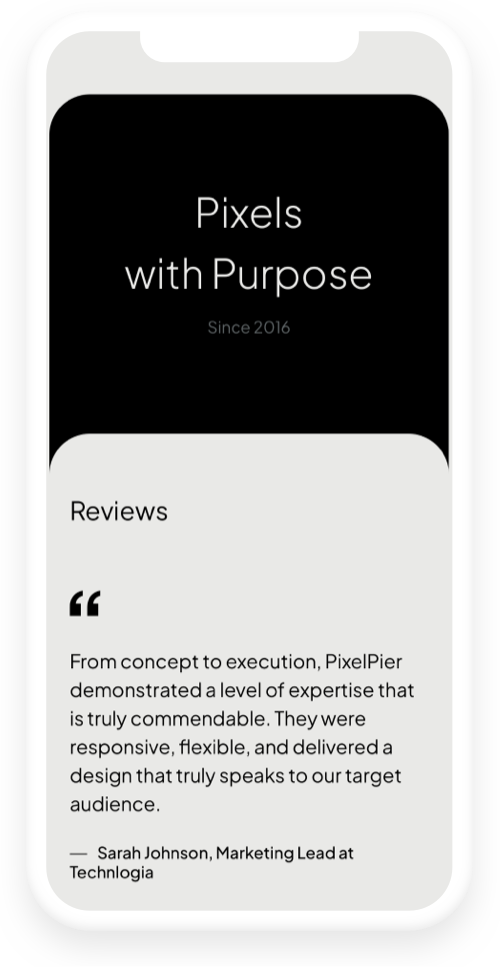In today’s rapidly evolving technological landscape, businesses are increasingly turning to Artificial Intelligence (AI) to transform operations and unlock new possibilities. Among the most significant advancements in this field is the development of AI OS architecture, which serves as the foundation for various applications in predictive data protection and sales forecasting. This article delves into recent news, trends, and solutions that highlight how AI OS architecture is becoming integral to businesses worldwide.
The AI OS architecture, or Artificial Intelligence Operating System architecture, is a framework that enables the development and deployment of AI applications. Unlike traditional operating systems that focus on hardware and software management, AI OS architecture emphasizes the integration of AI algorithms, data processing capabilities, and user interfaces into a cohesive system. This allows businesses to leverage AI technologies effectively, streamline operations, and achieve strategic objectives.
.
**Recent Trends in AI OS Architecture**
One noteworthy trend is the move towards cloud-native AI OS architectures. Technologies such as Kubernetes and Docker are being adopted to enable scalability and flexibility in deploying AI applications. Companies are recognizing that a cloud-native approach can facilitate collaboration and resource sharing, which is essential in today’s interconnected digital ecosystem. This trend has gained momentum due to the necessity for businesses to respond swiftly to market changes while efficiently managing vast amounts of data.
Recent reports from Gartner indicate that over 75% of enterprises are expected to leverage AI by 2025, thus highlighting the increasing significance of AI OS architecture. Organizations are beginning to invest heavily in this technology to stay relevant and competitive in their respective industries. By adopting AI OS architecture, businesses can create an agile development environment where AI tools can be experimented with and integrated seamlessly.
.
**The Role of AI OS in Predictive Data Protection**
One of the most substantial applications of AI OS architecture is in the realm of predictive data protection. Cybersecurity threats have become increasingly sophisticated, leading organizations to seek enhanced data protection methods that can evolve in real-time. By embracing AI OS architecture, businesses are now equipped with the ability to predict and respond to potential threats before they can inflict severe damage.
AI OS employs machine learning algorithms that analyze vast amounts of data to identify patterns and anomalies associated with potential security breaches. This predictive analysis enables organizations to take proactive measures rather than adopting a reactive approach, significantly reducing the risk of data loss or compromise.
A case study involving Cisco demonstrated the efficacy of predictive data protection powered by AI OS architecture. Cisco implemented a predictive analytics solution that leverages AI to monitor network traffic in real-time. As a result, the company reported a 70% reduction in false positives, which allowed their security teams to focus on critical threats and improve incident response times. This case signifies the pivotal role that AI OS architecture can play in strengthening data protection.
.
**Making Predictive Decisions: AI Sales Forecasting**
Sales forecasting has also benefited greatly from the advancements in AI OS architecture. Accurate sales forecasts are crucial for companies to allocate resources effectively, manage inventory, and optimize marketing strategies. Traditional methods often rely on historical sales data and manual calculations, which can limit accuracy and leave room for human error.
AI sales forecasting, on the other hand, harnesses the power of AI OS architecture to analyze vast datasets, including current market trends, consumer behavior, and geopolitical factors. By using machine learning models that continuously adapt and improve based on new data, organizations can achieve more accurate predictions of future sales.
A compelling example of this application can be found in retail giant Walmart, which has incorporated AI-driven sales forecasting models into its operations. Walmart’s AI systems utilize historical sales data combined with external factors like weather patterns and local events to predict sales across thousands of stores. This integration of AI has resulted in improved inventory management, enhanced customer satisfaction, and ultimately an increase in sales revenue.
.
**Advantages of AI OS Architecture**
The benefits of adopting AI OS architecture extend beyond predictive data protection and sales forecasting. Businesses that embrace this framework often experience enhanced operational efficiency, streamlined workflows, and improved decision-making processes. The robustness of AI OS architecture fosters a collaborative environment where teams can develop, test, and deploy AI applications with agility.
Moreover, AI OS allows organizations to customize their AI solutions to fit their specific needs. Companies can leverage pre-built machine learning models or develop proprietary algorithms tailored to their unique requirements. This adaptability makes AI OS architecture a versatile tool that can be utilized across various industries.
Furthermore, as industries increasingly prioritize sustainability, AI OS architecture can contribute to more sustainable practices. Intelligent algorithms can optimize resource usage, reduce waste, and improve supply chain efficiency—crucial aspects in achieving corporate sustainability goals.
.
**Challenges and Solutions**
Despite the promising advancements associated with AI OS architecture, businesses may face challenges when implementing these systems. Data privacy concerns, integration complexities, and the need for skilled personnel are among the primary hurdles organizations encounter.
To address these challenges, businesses can invest in comprehensive training programs for their employees to increase AI proficiency. Organizations can also collaborate with technology partners to develop secure and efficient integration methods that alleviate the complexities associated with deploying AI OS architecture.
Moreover, developing robust data governance policies can help mitigate privacy concerns, ensuring that organizations comply with relevant regulations while still harnessing the power of AI.
.
**Conclusion**
AI OS architecture is revolutionizing how organizations approach predictive data protection and sales forecasting. As companies increasingly adopt this framework, they unlock the potential for better security measures, accurate forecasting, and enhanced operational efficiency. While challenges exist, the solutions that emerge in the face of these hurdles demonstrate the resilience and adaptability of businesses in the AI-driven world.
With the future of AI continually evolving, the impact of AI OS architecture will undoubtedly shape not just how businesses operate, but also how industries innovate and grow. As organizations look towards the horizon, those that leverage AI OS architecture effectively will stand poised to thrive in an increasingly competitive global marketplace.
—
**Sources:**
– Gartner Research: “Forecasts Predict Adoption of AI in Enterprises.” (2021)
– Cisco Case Study: “Leveraging AI for Predictive Data Protection.” (2022)
– Walmart Case Study: “Using AI for Effective Sales Forecasting.” (2022)
– McKinsey & Company: “The Importance of Data Privacy in AI Implementation.” (2023)
– Pew Research Center: “The Future of Work: AI’s Role in Business.” (2022)




























